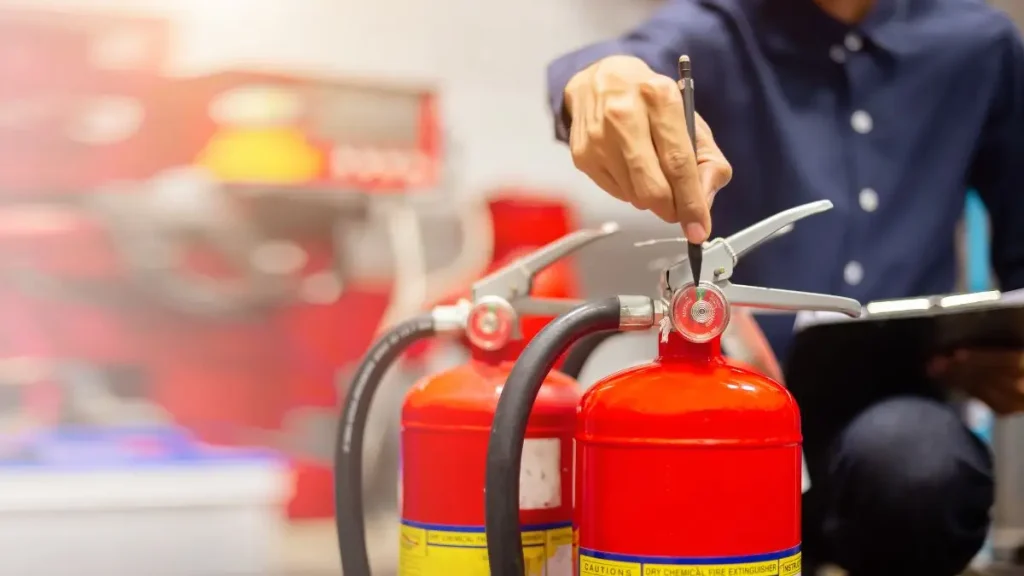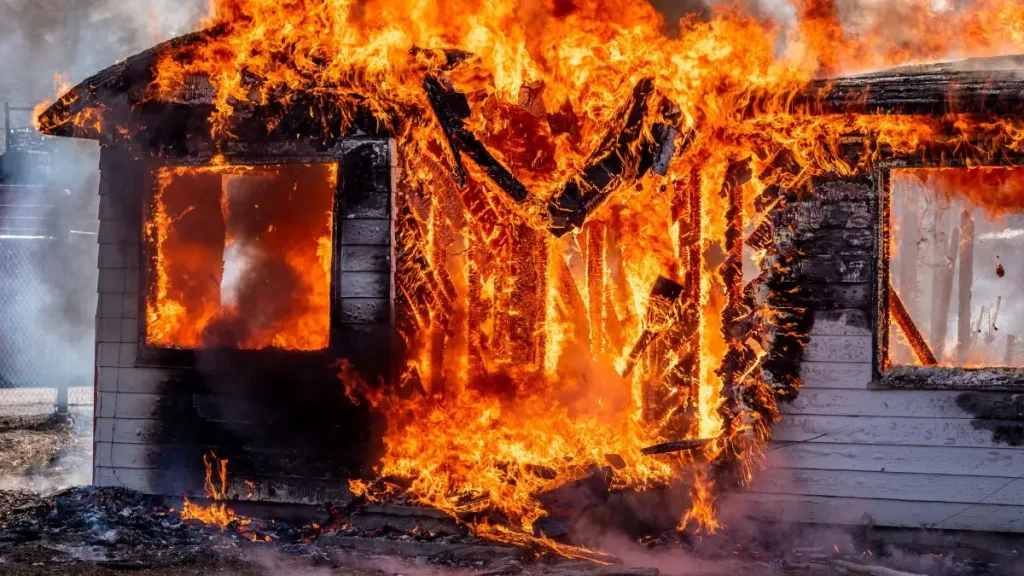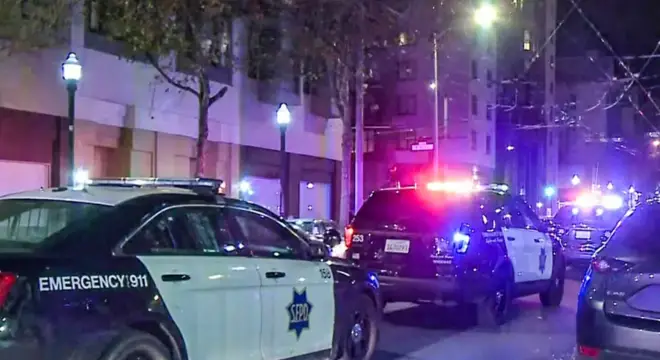Father of Two Dies in Overnight House Fire in St. Louis
I can’t shake the image: thick smoke pouring out of a small home in the middle of the night, neighbors watching in silence, and firefighters rushing in knowing someone might still be trapped inside.
That was the scene early Wednesday morning in Holly Hills, a quiet neighborhood in south St. Louis. Around 12:45 a.m., fire crews were called to a house on the 4100 block of Tyrolean Avenue. The report was grim—heavy smoke, and someone possibly still inside.
By the time they got the flames under control and reached the man, it was already too late. He was found unresponsive and pronounced dead on the scene.
This wasn’t just another fire report. It was someone’s home. Someone’s life.
No one else was hurt, and from what we know so far, investigators believe it may have started from an electrical issue—an accident. But behind every “accident” like this, there’s often a story about overlooked risks or things we thought could wait.
Have you ever checked your home’s wiring or thought about how fast smoke can take over? Let’s talk about it below.
What We Know So Far About the Fire?
If you’ve been trying to piece together what really happened, here’s what we know from official sources. According to FOX 2 Now, the fire broke out just after 12:45 a.m. on Tyrolean Avenue, right in the heart of Holly Hills.
It started small but escalated quickly. By the time crews arrived, thick smoke had already filled the home. There was also a report that someone might be trapped inside — and that changed everything.
As firefighters pushed through the smoke, they eventually found the man inside. But he didn’t make it. He was pronounced dead at the scene. Officials haven’t released his name yet, and the cause of death is still under review.
I know for many of us who live nearby, it’s unsettling. We pass these streets every day. It could’ve been any one of us or someone we know. And if you’re reading this, maybe you’re just trying to understand how something so sudden could happen in such a familiar place.
What Firefighters Faced That Night?
Imagine pulling up to a home in total darkness, smoke billowing out, knowing someone might still be inside. That’s exactly what St. Louis firefighters walked into. According to the official update posted on X by the St. Louis Fire Department, the fire was already well-involved when crews got there.
They described it as “heavy smoke conditions” in a single-story home. The first team pushed in fast, doing what they’re trained to do — search, rescue, contain. Sadly, they confirmed one civilian was found dead inside. No one else was hurt.
Reading their update, you can feel the weight of it:
“Companies battled heavy smoke at a 1-story occupied dwelling in the 4100blk Tyrolean. One civilian was located inside the residence and pronounced deceased. The cause is under investigation.” – @STLFireDept
Battalion 4 reports: One fatality. Fire investigators & #STL Regional Bomb & Arson Unit requested.
— St. Louis Fire Dept (@STLFireDept) July 23, 2025
Two lines working; #fire on first & second floors extinguished. Vertical ventilation complete. Overhaul and ventilation ongoing.
Both utilities & the Building Division also…
These aren’t just routine calls. Every fire they enter carries risk — not just for the people inside, but for the crews themselves. If you’ve ever wondered whether fire departments really face life-or-death choices on the job — they absolutely do.
What Caused the Fire? The Silent Threat in Our Walls
Here’s what stood out to me: officials believe the fire may have started from an electrical issue. Nothing criminal, nothing intentional — just a possible wiring fault. That detail might feel small, but it matters more than we realize.
Think about your own home for a second. When was the last time you checked your outlets, your breaker box, or had an electrician look at your old wiring? Most of us don’t. We just assume it’ll be fine until something sparks.
Electrical fires often start quietly — behind walls, near overloaded sockets, or inside aging appliances. You don’t smell them until it’s too late. And in a matter of minutes, smoke fills the air and your options run out.
If you’ve got flickering lights, warm outlets, or breakers that keep tripping — don’t ignore it. That’s not just annoying. It might be the only warning you get.
Electrical fires don’t always turn deadly — in a recent Indiana case, a resident escaped with only minor injuries. But the risk is always real.
Are You Prepared? 5 Simple Ways to Prevent a Fire at Home

This kind of tragedy hits harder when you realize how preventable some of these fires can be. I’m not saying this man could’ve saved himself — we just don’t know enough yet. But as someone who’s studied these incidents for years, I can tell you this: most home fires start from things we overlook.
Here are five quick things I suggest you do this week:
- Check all power strips and outlets — Don’t daisy-chain multiple devices.
- Update or replace old appliances — Especially heaters, toasters, or anything with exposed wires.
- Get a licensed electrician to inspect your panel — Especially if your home is over 30 years old.
- Install and test smoke alarms — You need one on every floor, and they need monthly checks.
- Avoid running wires under rugs or furniture — Heat buildup is a real hazard.
These aren’t just “tips” — they’re protection. And if this story leaves you feeling uneasy, maybe that’s a sign to act, not just scroll past.
Even in cases where no one is hurt — like this mobile home fire in East Las Vegas — investigators still dig deep to rule out electrical causes or code violations.
The Emotional Fallout: When a Fire Hits Close to Home
You might not have known the man who died. But if you live in Holly Hills or nearby, this probably shook you a little. I’ve seen it happen over and over — a fire happens, the sirens fade, and life moves on. But for the neighborhood, it lingers.
There’s grief. There’s guilt. Sometimes there’s fear.
That’s why it’s so important to check in with yourself and the people around you. Fire trauma isn’t just for those inside the home. Neighbors who witnessed it, kids who saw the smoke, and even first responders carry the weight.
If you’re feeling anxious or unsettled, you’re not overreacting. The Red Cross has a great set of resources for coping after a fire. It’s worth reading — even if you’re just feeling “off.”
And if you’re part of a neighborhood group, maybe bring this up. This could be a moment to connect, not retreat.
This story hit close to home — how are you feeling after reading it? Drop your thoughts in the comments. I’d love to hear your perspective.
What Investigators and City Officials Are Looking Into?
After the fire was put out, things didn’t just wrap up. That’s when the next phase started — and it’s still unfolding.
From what’s been shared by officials so far, the preliminary belief is that this was an accident, possibly caused by an electrical issue. But anytime there’s a fatal fire, especially one that spreads across multiple floors, investigators take no chances. That’s why the St. Louis Regional Bomb & Arson Unit was called in, along with the Building Division and utility teams.
In my experience, this kind of multi-agency response usually means they’re being extra thorough. Even if there’s no foul play suspected, they still want to rule out every possible scenario — faulty wiring, structural hazards, or anything that might pose a risk to others in the area.
The fire department has been tight-lipped so far, likely out of respect for the family and the ongoing review. But I’ll be keeping an eye out for any follow-up statements or public safety alerts. If you live nearby, it’s worth doing the same.
In some cases, families get incredibly lucky — like in this Moxon Drive house fire where everyone, including pets, made it out in time.
Would You Be Ready If It Happened to You?

Let me ask you something — if a fire broke out in your home at 1 a.m., would you know what to do?
Most of us think we would. But in reality, very few people take the simple steps that actually make the difference. I’m talking about things like checking your smoke alarms every month. Having a fire extinguisher you actually know how to use. Keeping exit paths clear, especially if your home has only one main door.
This isn’t fear-mongering — it’s reality. I’ve covered enough of these fires to know that prevention doesn’t feel urgent until it’s too late.
So if this story shook you even a little, take that feeling and turn it into action. Walk your home tonight. Check the alarms. Look at your wiring. Talk to your family about what to do if something happens while you’re sleeping.
And if you’re part of any local WhatsApp or neighborhood group, maybe share a reminder there too. A simple nudge can save a life.
One Life Lost — And a Wake-Up Call for the Rest of Us
What happened in Holly Hills is heartbreaking. A man went to bed Tuesday night and never made it to Wednesday morning. His name hasn’t been released yet, but someone somewhere is grieving right now. Maybe a family member. Maybe a neighbor who saw the smoke but couldn’t do anything.
For the rest of us, this isn’t just news — it’s a reminder. That life is fragile. That fire doesn’t wait. And that the small things we ignore at home — a flickering outlet, an overloaded power strip — could turn deadly in minutes.
I hope this never happens to you. But I also hope you won’t just scroll past this and forget. Because maybe the real impact of this man’s story is that it gets someone else to check their home before it’s too late.
Want more real stories that help you stay safe and prepared? Visit Build Like New for the latest home safety and fire incident updates.
Disclaimer: The information in this article is based on official reports and publicly available sources at the time of writing. Details may change as the investigation progresses. For confirmed updates, please refer to statements from local authorities.


